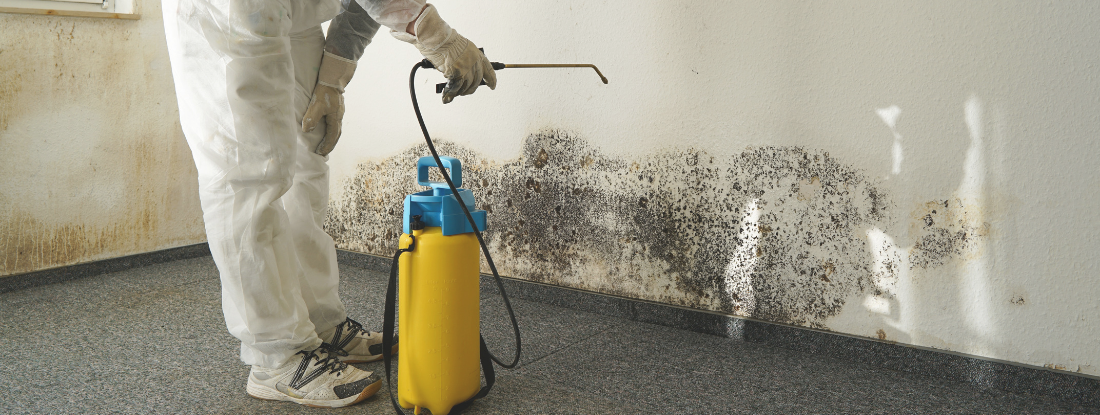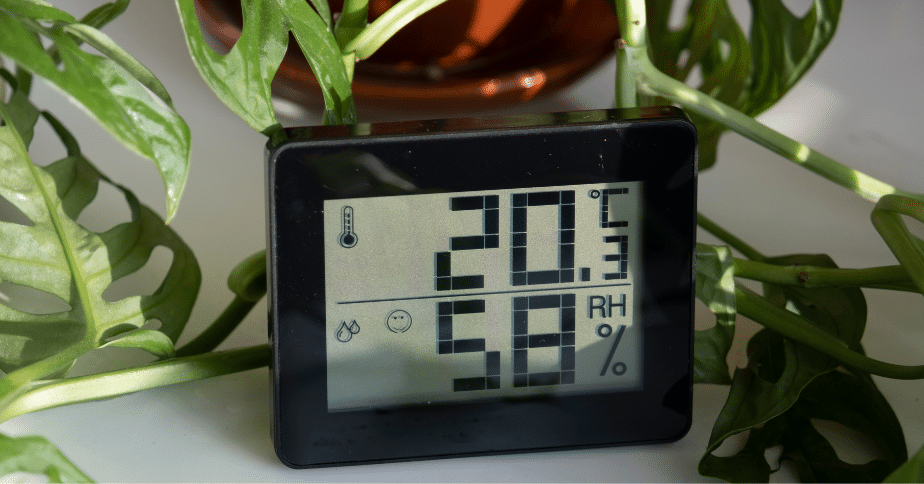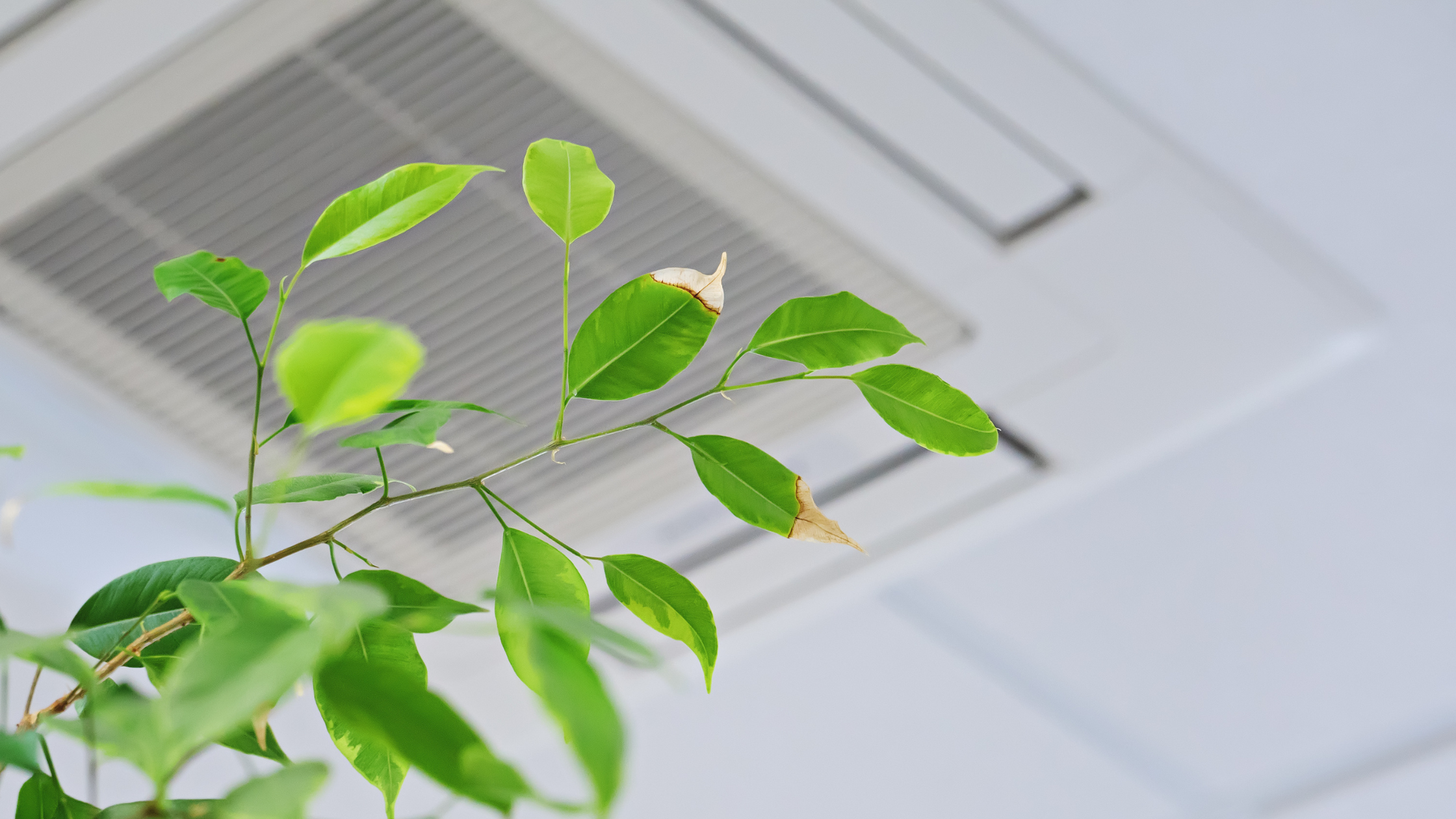Mold Awareness Month | September 2016

September is here which means mold awareness month is upon us and we at Air Quality Assessors, would like to implement its purpose and inform, educate, and raise awareness so everyone knows the ins and outs of mold and its health effects. When it comes to mold, we’ve heard everything from “mold isn’t harmful because it’s natural” to “Oh, I just covered it up with paint so it won’t affect me”. These statements prove that there is much to be taught about the dreaded for letter word we call MOLD. For starters, we are going to tell you a few fun facts that stand out among the rest.
Facts about mold
Fact #1: Mold comes in many varieties and colors.
A lot of people assume that mold is only black, and yes, mold is black and the most occurring mold is black mold, but it comes in many different color varieties like green, orange-yellow, and gray.
Fact #2: Regardless of your health, mold can and will affect you…eventually.
Being healthy doesn’t mean mold won’t affect you. We highly recommend that you do everything in your power to remain as healthy as possible, but this won’t necessarily prevent mold from taking its toll on your health. Symptoms range from cold/flu symptoms to fatigue, and sometimes the worse symptoms (blindness, cancer, etc..) show up in your system significantly later than around the times of exposure (more on this shortly).
Fact #3: Mold destroys the material it grows on.
Mold needs 3 things to grow including moisture, nutrients, and proper temperature. Nutrients include multiple types of materials including wood, cotton, and drywall. When mold grows on these materials it is actually slowly eating away at the materials as seen in the photos below. The black mold is present on top of and inside of this wood panel and is growing within the crevices of the panel eating away at each and every area slowly but surely.

health effects of mold
As stated before, regardless of your health, mold can affect you. Chances of it having a negative impact on your health has to do with the length of time you are exposed, the severity of the issue, and the condition of your health. Since mold can grow within 24-48 hours, situations where there is major water damage, for example in a flood, it is best to address the issue immediately and either vacate or remove the affected materials.
The most common symptoms of mold exposure are those similar to a cold including coughing, sneezing, watery eyes, and skin irritation. More advanced symptoms include fatigue, nausea, pain in joints, and loss of appetite. As if that wasn’t enough, there are more severe symptoms including memory loss, brain damage, cancer, and death. The results are plain and simple. Mold is BAD for your health.
toxic mold syndrome
There are many articles and publications that inform you of different actions you can take to rid your body of mold exposure. Some are doctor recommended and some are more natural ways as simple as drinking a combination of freshly juiced fruits and vegetables. Regardless of which path you take, it’s best to be proactive in ridding your body of toxins.
As you can see, there is much to learn about mold. We have many blog posts that can help people understand all aspects of mold including how it effects your pets, mold in rental properties, and even the effects of toxic mold syndrome.
Our final words of advice: Don’t ignore mold because it will continue to grow. Don’t cover it up because it will come back. Always consider your health when dealing with mold and never wait to address it. “Don’t just guess it, test it!”



